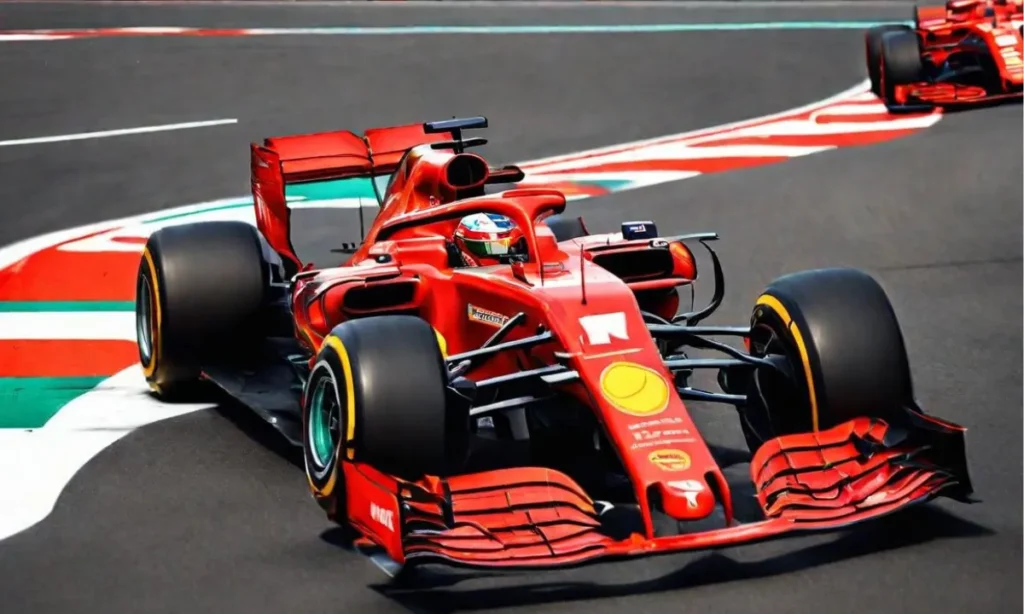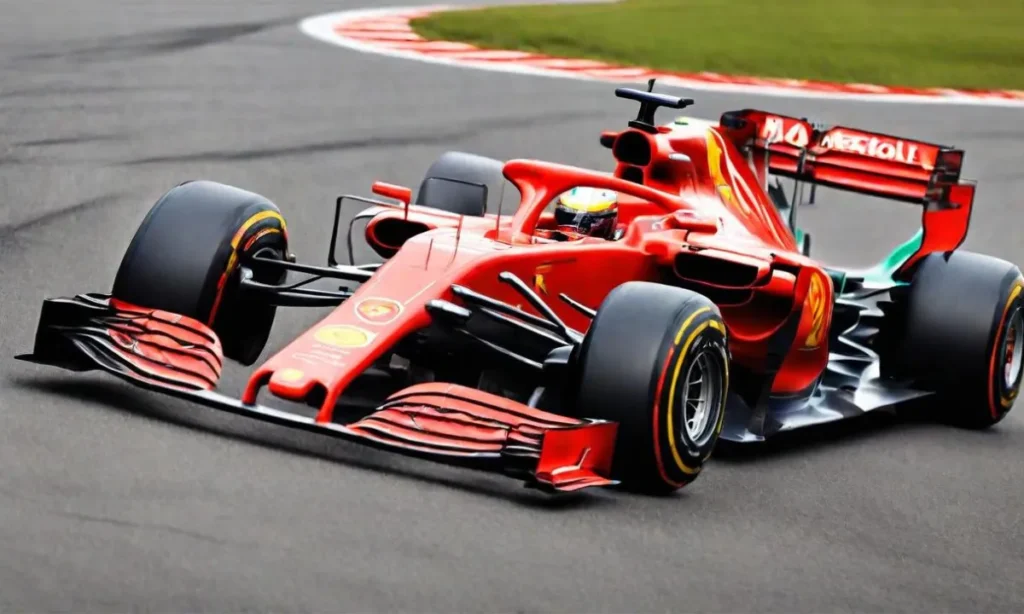Introduction
Formula 1, often referred to as F1, is the pinnacle of motorsport, captivating audiences around the globe with its blend of speed, precision, and adrenaline-fueled action. From the roaring engines to the high-speed maneuvers on the track, F1 has evolved into a global phenomenon, attracting millions of fans and showcasing cutting-edge automotive technology. In this comprehensive guide, we’ll delve into the fascinating world of F 1 racing, exploring its history, key components, iconic circuits, the thrill of competition, and the global impact of the sport.

The History of Formula 1
Formula 1 traces its roots back to the early 20th century, with the first World Championship race held in 1950 at Silverstone Circuit in the United Kingdom. Since then, F1 has grown into a highly competitive sport, featuring races in countries around the world and a rich history of legendary drivers, iconic teams, and unforgettable moments.
Throughout the decades, F1 has undergone numerous changes and evolutions, from advancements in technology to shifts in regulations and rules. Despite these changes, the core essence of F1 remains the same: to push the boundaries of speed, engineering, and human performance.
The sport’s early years were marked by fierce competition between teams and manufacturers, with legendary drivers like Juan Manuel Fangio, Stirling Moss, and Alberto Ascari dominating the circuit. As F1 grew in popularity, it became a global phenomenon, attracting fans from every corner of the world and solidifying its status as the premier racing series in motorsport.

The Components of Formula 1 Racing
At the heart of F1 racing are the cars themselves, sleek and aerodynamic machines designed for maximum speed and performance. Each Formula 1 car is a marvel of engineering, featuring advanced materials, cutting-edge technology, and intricate design elements.
Key components of a F1 car include the chassis, engine, aerodynamics, suspension, and tires. These components work together in perfect harmony to create a finely tuned racing machine capable of reaching speeds in excess of 200 miles per hour.
The development of F1 cars is a constant process of innovation and refinement, with teams investing millions of dollars into research and development each year. From wind tunnel testing to computer simulations, every aspect of a F1 car is meticulously designed and optimized for performance.
The Thrill of the Race
Formula 1 races are a spectacle unlike any other, combining speed, skill, and strategy in a high-stakes battle for victory. From the moment the lights go out at the start of the race to the checkered flag signaling the end, every moment is filled with excitement and intensity.
Drivers must navigate tight corners, long straights, and challenging terrain while pushing their cars to the limit and outmaneuvering their opponents. Pit stops, tire changes, and strategic maneuvers add an extra layer of complexity to the race, keeping fans on the edge of their seats until the very end.
One of the most thrilling aspects of F1 racing is the unpredictability of the sport. From unexpected weather conditions to mechanical failures and on-track incidents, anything can happen in a F1 race, making each event a nail-biting spectacle for fans around the world.
Iconic Circuits and Legendary Races
Formula 1 races take place on some of the most iconic circuits in the world, each with its own unique challenges and characteristics. From the historic streets of Monaco to the high-speed straights of Monza, each circuit presents its own set of obstacles for drivers to overcome.
Some of the most legendary races in F1 history include the Monaco Grand Prix, the British Grand Prix, the Italian Grand Prix, and the Belgian Grand Prix. These races have produced countless memorable moments and epic battles, cementing their status as must-watch events for fans around the world.
Each circuit has its own distinct personality and demands different skills from drivers, adding an extra layer of intrigue to the championship. Whether it’s the tight confines of street circuits like Monaco or the high-speed challenges of tracks like Spa-Francorchamps, F1 circuits provide the ultimate test of skill and bravery for drivers.

The Global Appeal of Formula 1
Formula 1 has a global fan base that spans continents and cultures, united by a shared passion for speed and competition. From Europe to Asia, North America to Australia, F1 races attract millions of spectators both in person and through television broadcasts.
The sport’s global appeal is further enhanced by its diverse roster of drivers, representing countries from every corner of the globe. From seasoned veterans to up-and-coming talents, F1 showcases the best and brightest talent in motorsport, captivating audiences with their skill, bravery, and determination.
Formula 1 races are not just sporting events—they’re cultural spectacles that bring people together from all walks of life. Whether it’s the glamour of the Monaco Grand Prix or the electric atmosphere of the Singapore Night Race, Formula 1 races are a celebration of speed, excitement, and the indomitable human spirit.
The Impact of Formula 1
Beyond its entertainment value, Formula 1 has a significant impact on the global economy, driving billions of dollars in revenue each year. From ticket sales and merchandise to sponsorships and television rights, Formula 1 generates economic activity in host countries and supports thousands of jobs in the motorsport industry.
Formula 1 also serves as a platform for technological innovation and advancement, with developments in areas such as fuel efficiency, aerodynamics, and safety filtering down to the wider automotive industry. From hybrid powertrains to energy recovery systems, Formula 1 technology is at the forefront of automotive engineering, pushing the boundaries of what’s possible on the road.
Furthermore, F1 plays a crucial role in promoting tourism and showcasing host cities to a global audience. Each race weekend attracts thousands of visitors from around the world, providing a boost to local businesses and stimulating economic growth in host communities.
Conclusion
Formula 1 racing is more than just a sport—it’s a global phenomenon that captivates audiences around the world with its blend of speed, skill, and spectacle. From its storied history to its iconic circuits, Formula 1 embodies the pinnacle of motorsport excellence, pushing the boundaries of what’s possible on the track and inspiring generations of fans with its exhilarating races and legendary drivers.
As Formula 1 continues to evolve and grow, its impact on the global economy, technological innovation, and cultural landscape will only continue to expand. Whether you’re a die-hard fan or a casual observer, there’s no denying the thrill and excitement of F1 racing, and its ability to captivate audiences of all ages and backgrounds.

Pingback: Earth Day Expanding Our Commitment: Taking Action for a Sustainable Future - LogicFact365
Pingback: When Tom Cruise Became a Hollywood Icon: A Journey Through Stardom - LogicFact365